 |
 | |||||||||||||||||||||||||||||||||||
|
||||||||||||||||||||||||||||||||||||
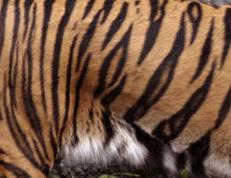
Why do tigers have stripes?
... and other animal questions. Again, this is mostly about evolution. Tigers evolved in tall grasslands, and stripes are good camouflage. So why do Siberian tigers still have stripes? It takes about a million years to evolve a radical new feature like white skin, and tigers haven't lived that long in Siberia yet. Read about this and much more at these links: 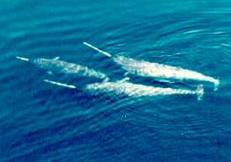 Why do narwhales have tusks?
As you can read on the links below, there was a lot of speculation about what this tusk (actually the left upper-jaw tooth) might be for. Fighting? Hunting? Sensing?
Why do narwhales have tusks?
As you can read on the links below, there was a lot of speculation about what this tusk (actually the left upper-jaw tooth) might be for. Fighting? Hunting? Sensing?
Just recently (2006), researchers discovered the tooth is packed with nerves, so it now seems likely the tooth is used for sensing, maybe seawater salinity, sound, temperature, electric fields. To be determined Not much is known about this creature. Just last fall (2005), the first images of a live giant squid were taken. Before then, only dead ones were seen, washed up on shore or caught in nets. The biggest one found was 18m long (59 feet). About size: animals in water can grow much bigger than on land, because animals have roughly the same density of water, and thus an animal of any size can float effortlessly, but on land, you need a lot of support structure (bones) just to stay upright and to keep for example your lungs from collapsing.
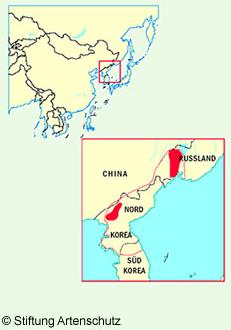 In what kind of climate does the amur leopard live?
In what kind of climate does the amur leopard live?
The amur leopard is one of the most endangered species on earth. Only 45-50 remain in the wild, and about 10 in zoos. It's habitat, in North Korea and northeast Siberia, threatened by logging and fires, it's prey is hunted by humans for food, and the leopard itself is illegally hunted. As for the climate, for North Korea I found 'temperate with rainfall concentrated in summer', and '... a continental climate, with hot summers and cold winters.'
|
||||||||||||||||||||||||||||||||||||
|
The size of everything
I made a paper scale with marks for powers of 10 from -18 to +27. ( click picture on the right for a bigger view) Everything in the universe can be placed on this scale, from the whole universe (13.7 billion light years or 10^26 meters) to quarks (10^-16(?) meters). First I had to explain the usefulness of logarithmic scales, and how to write powers of 10. As an aside, we talked about big numbers that have names:
First note that numbers with names increase in size by 3 zeros each time. Next we noted that the prefixes (in front of ~illion) were just Roman names for numbers (bi~ = 2, tri~=3), so then we made up the next several named numbers: quad=4, quint=5, sext=6 etc:
We went up and down the scale, placing objects on there of various sizes. Since questions like 'can we move to another planet when the sun blows up' come up now and then, this is the perfect occasion to show how far things are: the Pluto express spacecraft will take 10 years to reach Pluto, but the nearest star is four lightyears away, which would take tens of thousands of years at that speed. Even moving around our own galaxy at the speed of light takes many many years. Finally I showed a version of 'powers of 10'. It is interesting to see versions from different years, and see how much information at both the largest and the smallest scale has been added since the first version from 50 years ago, which starts not far from where I grew up (in both space and time).
'The Universe in 40 Steps', and 'Powers of 10' in various versions:
|
||||||||||||||||||||||||||||||||||||
|
Sinterklaas
Maybe not exactly a topic of hard science, but December 5th is an opportunity for me to talk about the traditions surrounding Saint Nicholas in Holland, the country where I grew up. In the Dutch tradtion, Saint Nicholas, or Sinterklaas, is a catholic bishop who lives in Spain during the year, but in November he sets sail on a steamboat to Holland, accompanied by many black helpers. When he arrives in town he is welcomed by the mayor, and there is a parade through town, with Sinterklaas, in full bishop's regalia, riding a white horse. The black helpers clown about, throw candy and scare the little ones. In the following days, he rides over the rooftops and listens at the chimneys to find out if children are good or bad. Children who leave a shoe by the fireplace may find some candy in their shoe in the morning. The big event is in the evening of December 5th, the eve of his birthday, when he comes to the door, with a big sack of gifts, and his book with notes about every child. Each child in turn is called forward for a few remarks about what is written, a scary moment! After a while, St Nicholas leaves with his entourage, he is a busy man after all. Then the sacks with presents are opened. The pictures on the right (click for larger versions) were taken in 2006 in my home village. Sint is not riding his white horse because apparently he had a fall last year. This year he rode in a carriage, next to mrs. mayor. More pictures can be found via the links below  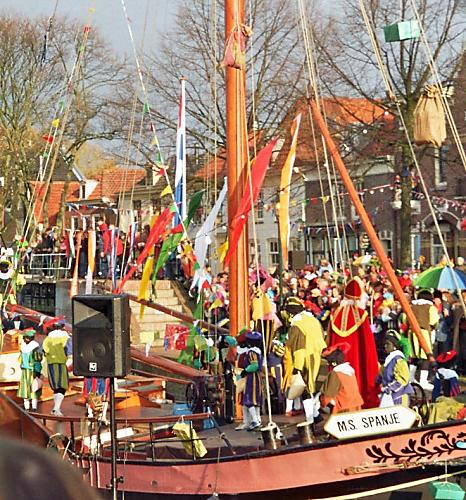 
On December 6th, he disappears, presumably steaming home to Spain. Only after he has left are you allowed to bring out the christmas decorations - the religious ones like creches and stars, and pagan ones like christmas trees. Christmas itself is like easter: a quiet religious holiday. No gifts.
Here is more on the history and current observations:
|
||||||||||||||||||||||||||||||||||||
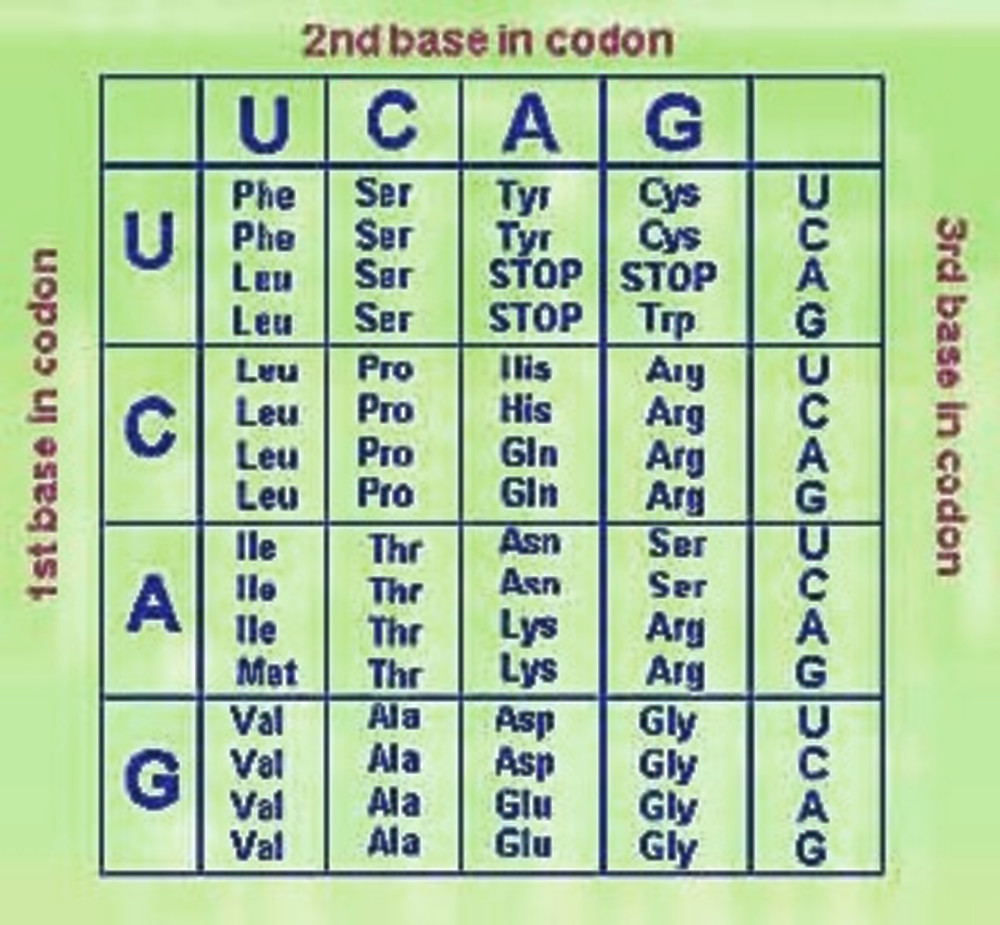
DNA and Genetics
I had talked a little about cells before, so I picked up from there, and I followed the path (pretty much as in this primer) down from cells -> nucleus -> chromosomes -> DNA -> A,G,C,T bases, and from there up from A,G,C,T base codes -> amino acids -> proteins. From proteins you can build most of your body. We talked about how these genetic codes have to be copied from generation to generation, and how sometimes copy errors can occur. Here we did a little game: on a strip of paper, I had (hand-) written a set of characters, and I sent this around the whole class. Each time, a student would copy the letters and numbers on a new piece of paper, and pass that on. The input is the yellow strip, and what I got back after 19 copies was the blue strip. Clearly copy errors had slipped in: one deletion, some close pairs (5->s, 6-b etc), and serious ones.
In genetics, copy errors can lead to many things: one is random mutations, good or bad. I referred to a story that had just come out that week, about a beneficial mutation that happened in Europeans recently, allowing them to digest milk even after infancy. This mutation was so beneficial that it quickly through most of the European opulation. See A taste for milk shows evolution in action. The second point here was that by counting (innocent) copy errors elsewhere in the genome, they could estimate roughly how long ago this happened. Finally, I extracted some of my own DNA. Here is the procedure, which I found on PBS:
Some links on genetics:
|
||||||||||||||||||||||||||||||||||||
| ||||||||||||||||||||||||||||||||||||
